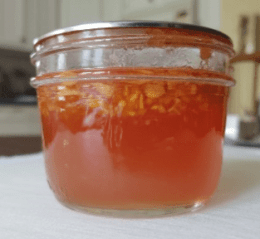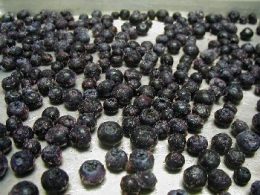
Photo: KSRE RRC
Sometimes jam and jelly recipes just don’t turn out right. So here are some problems, causes, and prevention strategies.
Learn more about other problems and solutions for jam and jelly at https://nchfp.uga.edu/how/can_07/jellyproblems.html
| PROBLEM | CAUSE | PREVENTION |
| Too soft | Overcooking fruit to extract juice | Avoid overcooking as this lowers jellying capacity of pectin |
| Used too much water to extract juice | Use recommended amount | |
| Incorrect amounts of sugar and juice | Measure correctly | |
| Undercooking jam or jelly mixture | Follow cooking times exactly | |
| Insufficient acid | Lemon juice may need to be added | |
| Making too large of a batch | Make only one recipe at a time | |
| Moving finished jars too soon | Allow finished jars to sit at least 12 hours | |
| Insufficient time before using | Some fruits take up to 2 weeks to set completely |




